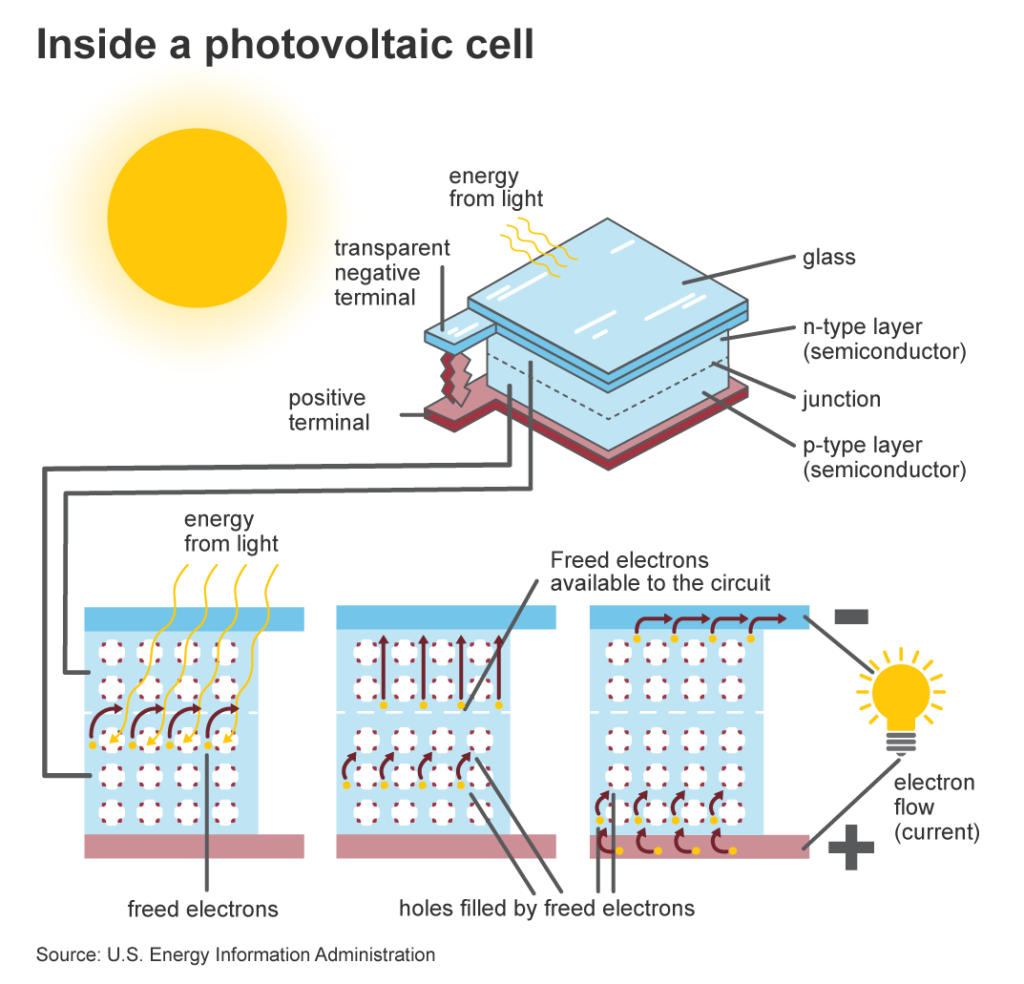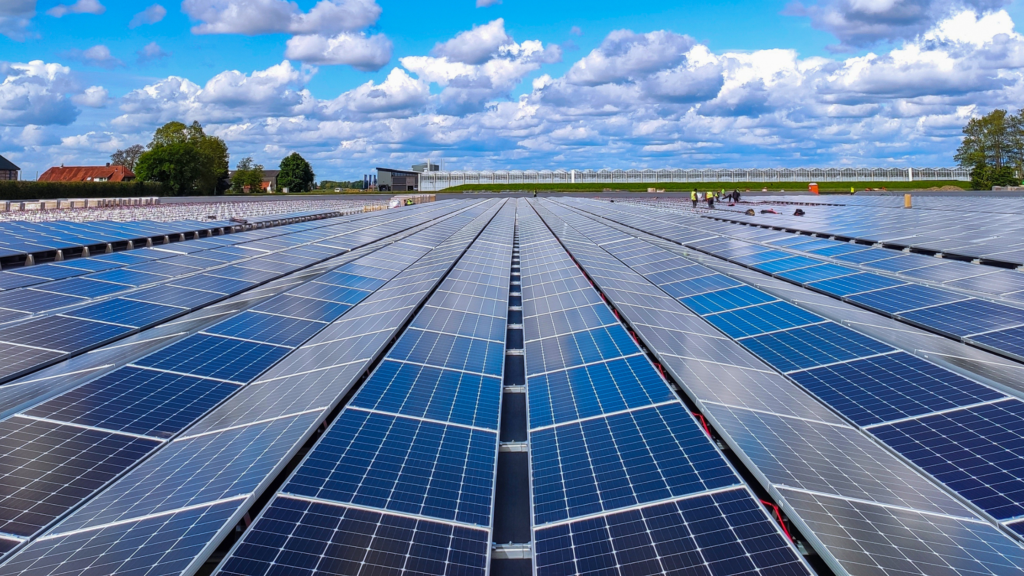Solar energy stands at the forefront of the renewable energy revolution, playing a crucial role in the global push towards sustainable development. Innovations in solar technology are continuously improving efficiency, reducing costs, and making solar power more accessible. This article explores the latest advancements in solar energy and their implications for sustainable development and economic empowerment.
Advancements in Photovoltaic Technology
Photovoltaic (PV) technology is indeed the cornerstone of solar energy systems. This technology converts sunlight directly into electricity using semiconducting materials that exhibit the photovoltaic effect. Recent innovations in PV technology have significantly enhanced the performance and affordability of solar panels, making solar energy a more viable and attractive option for both residential and commercial applications.

High-Efficiency Solar Cells
One of the most notable advancements in PV technology is the development of high-efficiency solar cells. Traditional silicon-based solar cells have seen significant improvements, but new materials and designs are pushing efficiency rates even higher.
- PERC (Passivated Emitter and Rear Cell) Technology: PERC cells add a passivation layer to the rear side of the cell, which reduces electron recombination and enhances efficiency. This innovation has increased the efficiency of solar cells beyond 22%, making them more cost-effective by producing more power per square meter (Fraunhofer ISE).
- Tandem Solar Cells: Tandem cells stack multiple layers of solar cells with different band gaps to capture a broader spectrum of sunlight. This design can achieve efficiencies above 30%, significantly higher than traditional single-junction cells. Research in perovskite-silicon tandem cells shows great promise, as perovskites can be easily tuned to different wavelengths.
Bifacial Solar Panels
Bifacial solar panels are another significant innovation. Unlike traditional solar panels that only capture sunlight on one side, bifacial panels have solar cells on both sides, allowing them to capture reflected sunlight from the ground and other surfaces.
- Increased Energy Yield: Bifacial panels can increase energy production by up to 30% compared to monofacial panels, especially in environments with high albedo (reflectivity), such as snowy or sandy areas. This makes them particularly effective in diverse geographical locations.
- Durability and Longevity: Bifacial panels often have a glass backsheet instead of the traditional polymer, which enhances durability and lifespan. This makes them a reliable investment for long-term energy production.
Integration with Energy Storage
Effective energy storage solutions are essential for overcoming the intermittency of solar power and ensuring a reliable energy supply.
- Advanced Battery Technologies. Lithium-ion batteries have long been the standard for energy storage, but recent advancements are introducing more efficient and cost-effective options. Solid-state batteries, for instance, offer higher energy densities and improved safety, paving the way for better integration with solar systems.
- Solar and Grid Integration. Innovations in grid integration technologies, such as smart inverters and advanced energy management systems, are enhancing the ability to incorporate solar power into the existing electrical grid. These technologies ensure a stable and efficient distribution of solar-generated electricity, even during peak demand periods.
Emerging Solar Technologies
In addition to improvements in traditional PV systems, several emerging solar technologies are set to revolutionize the industry.
- Perovskite Solar Cells. Perovskite solar cells are a promising alternative to conventional silicon-based cells. They offer high efficiency and low production costs, with the potential for flexible and lightweight applications. Ongoing research aims to address stability and longevity challenges, bringing commercial deployment closer.
- Solar Windows. Solar windows integrate transparent solar cells into building materials, turning windows into energy-generating surfaces. This technology is particularly advantageous for urban environments, where space for traditional solar panels is limited. Solar windows contribute to the energy efficiency of buildings, reducing reliance on external power sources (Solar Energy Materials and Solar Cells).
Solar Energy and Sustainable Development

The advancements in solar energy technologies are not just about innovation; they play a significant role in promoting sustainable development and economic empowerment.
- Energy Access and Poverty Reduction. Solar energy projects, particularly in off-grid and remote areas, are transforming lives by providing access to electricity. These projects support education, healthcare, and economic activities, contributing to poverty reduction and improved living standards. Organizations like the International Solar Alliance (ISA) are spearheading initiatives to expand solar energy access in developing countries.
- Environmental Benefits. Solar energy is a clean and renewable source of power, significantly reducing greenhouse gas emissions. By replacing fossil fuels with solar power, we can mitigate the impacts of climate change and promote environmental sustainability. The widespread adoption of solar energy supports the achievement of global climate goals outlined in the Paris Agreement.
- Economic Empowerment. Investments in solar energy infrastructure generate jobs and stimulate local economies. From manufacturing and installation to maintenance and management, the solar industry offers diverse employment opportunities. Impact investing in solar projects can drive economic growth in underserved regions, aligning financial returns with social and environmental benefits.
Innovations in solar energy are driving a sustainable and empowered future. By enhancing the efficiency, affordability, and accessibility of solar power, these advancements contribute to global efforts in sustainable development, poverty reduction, and economic empowerment. As solar technology continues to evolve, it holds the promise of a cleaner, more equitable world, aligning perfectly with the mission and vision of organizations dedicated to driving positive change.



